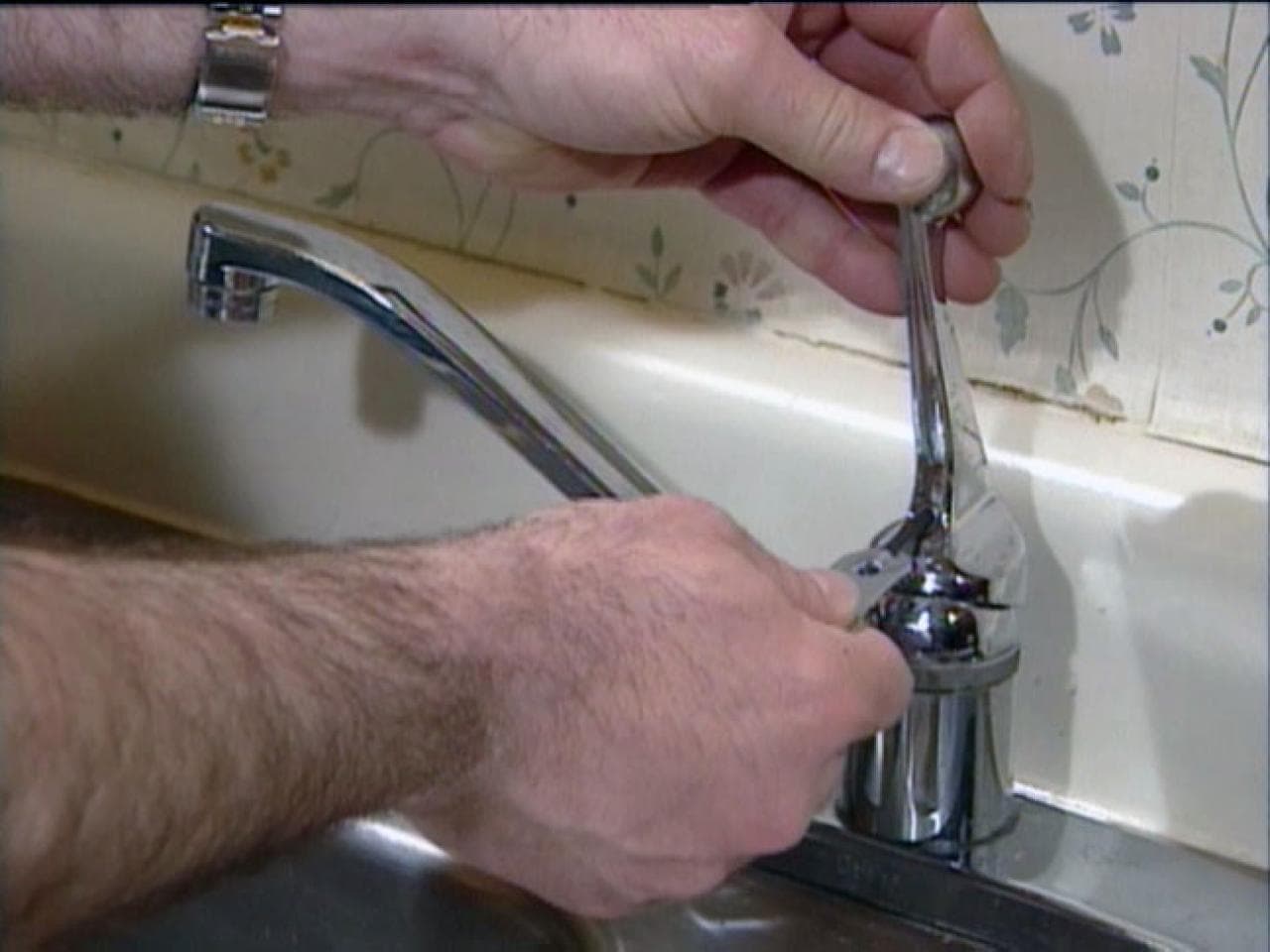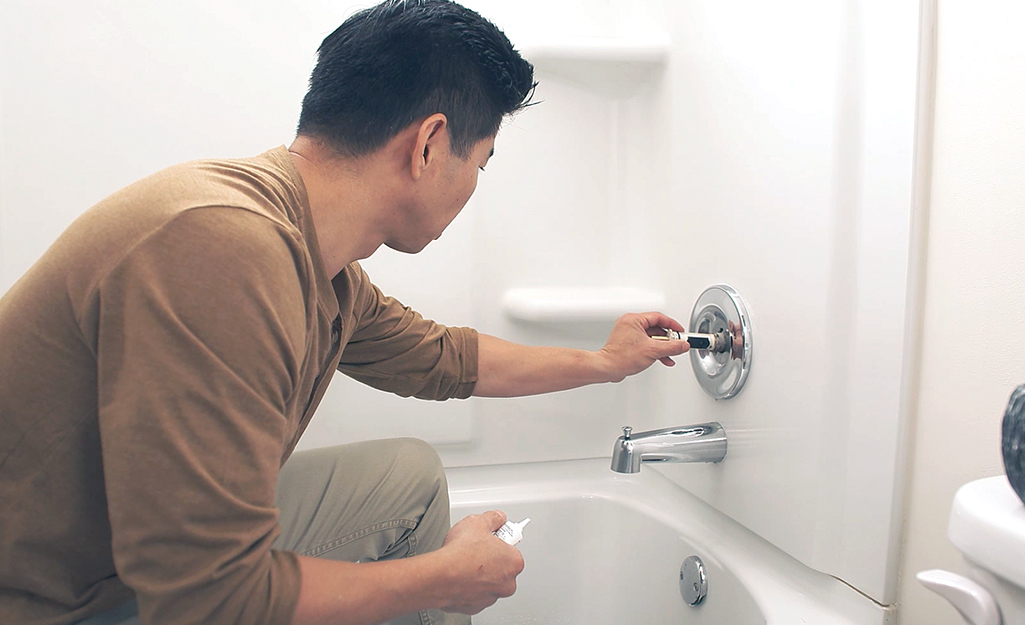What're your beliefs about 4 Common Reasons for a Leaky Faucet?

Trickling taps may seem like a minor inconvenience, but their impact exceeds simply the inconvenience of the noise. From wasting water to sustaining unnecessary monetary costs and health dangers, ignoring a dripping tap can bring about numerous repercussions. In this article, we'll look into why it's critical to resolve this common house problem without delay and successfully.
Wastage of Water
Ecological Effect
Trickling faucets add substantially to water wastage. According to the Epa (EPA), a single faucet trickling at one drip per second can squander greater than 3,000 gallons of water per year. This not only pressures water sources but also influences ecosystems and wild animals based on them.
Financial Costs
Raised Water Expenses
Past the ecological impact, leaking faucets can pump up water bills considerably. The built up wastefulness in time converts into greater energy expenses, which might have been avoided with timely fixings.
Potential Residential Or Commercial Property Damages
In addition, prolonged leaking can bring about damage to components and surface areas surrounding the faucet. Water accumulation can cause staining, deterioration, and also structural issues if left ignored, causing extra repair expenses.
Health Concerns
Mold And Mildew and Mildew Development
The constant existence of moisture from a trickling faucet produces an optimal setting for mold and mold development. These fungi not just compromise indoor air top quality however additionally position wellness risks, especially for people with respiratory system conditions or allergies.
Waterborne Illness
Stationary water in trickling taps can end up being a breeding place for microorganisms and various other pathogens, increasing the risk of waterborne illness. Pollutants such as Legionella germs prosper in stagnant water, potentially causing severe diseases when ingested or inhaled.
DIY vs. Specialist Fixing
Pros and Cons of Do It Yourself Repair Service
While some may attempt to fix a trickling tap themselves, do it yourself repair work feature their own set of difficulties. Without appropriate expertise and tools, do it yourself efforts can aggravate the concern or bring about incomplete repairs, prolonging the problem.
Benefits of Employing an Expert Plumber
Employing an expert plumber makes certain that the underlying source of the trickling faucet is dealt with efficiently. Plumbings possess the knowledge and equipment to detect and fix tap problems efficiently, conserving time and lessening the risk of more damages.
Step-by-Step Overview to Repairing a Dripping Tap
Tools Needed
Before attempting to fix a dripping faucet, collect the essential tools, including an adjustable wrench, screwdrivers, replacement components (such as washing machines or cartridges), and plumber's tape.
Typical Faucet Issues and Their Solutions
Identify the type of tap and the certain concern triggering the drip. Typical problems consist of damaged washers, rusty shutoff seats, or malfunctioning O-rings. Refer to manufacturer directions or online tutorials for detailed support on repair services.
Preventive Measures
Routine Maintenance Tips
To stop dripping taps, perform regular maintenance such as cleansing aerators, examining for leakages, and replacing worn-out components immediately. Additionally, think about mounting water-saving devices or upgrading to extra efficient components.
Significance of Prompt Fixes
Addressing leaking faucets as quickly as they're seen avoids additional water wastefulness and possible damages, inevitably conserving both water and cash in the future.
Effect On Residential Property Value
Assumption of Well-Maintained Residential Property
Maintaining a home in good condition, consisting of dealing with maintenance problems like dripping faucets, boosts its perceived worth and desirability among potential purchasers or lessees.
Influence on Resale Value
Features with well-kept plumbing components, consisting of faucets, command greater resale worths in the property market. Addressing leaking faucets can add to a favorable impact throughout home examinations and negotiations.
Environmental Obligation
Private Payment to Preservation
Taking duty for taking care of trickling taps lines up with broader initiatives towards water preservation and environmental sustainability. Every individual's actions jointly make a substantial effect on maintaining valuable resources.
Lasting Living Practices
By prioritizing punctual fixings and embracing water-saving practices, people add to sustainable living techniques that profit both existing and future generations.
Conclusion
Resolving a leaking faucet goes beyond simple convenience; it's an essential step towards conserving water, lowering financial prices, and safeguarding health and wellness and residential property. Whether through do it yourself repair work or expert aid, doing something about it to fix leaking taps is a tiny yet impactful way to advertise responsible stewardship of resources and contribute to a healthier, a lot more lasting future.
How to Fix a Leaky Faucet: Step-by-Step Repair Guide
A leaky faucet may seem like a simple annoyance, but if it's not fixed promptly, that leak could cost hundreds to potentially thousands. From water damage to mold, mildew, and high water bills, even a tiny leak can be catastrophic if left unattended. Damage like this can even affect the overall value of your home, so it's important to take the right approach for leaky faucet repair. You may need the help of a plumber in some cases, but we've got a few tips you can try on how to fix a leaky faucet before calling the pros.
Four Faucet Types
When you're learning how to fix a leaky faucet, the first step is knowing what kind of faucet you're working with! There are four common types.
Cartridge Faucets
Cartridge faucets come in one- or two-handled varieties. In one-handled cartridge faucets, hot and cold water combines in a single cartridge. In the two-handled versions, hot and cold water are controlled separately and mixed in the faucet.
Ball Faucets
Ball faucets have a single lever you push up and down to adjust the pressure and rotate to change the temperature. A slotted metal ball controls the amount of water allowed into the spout.
Compression Washer Faucets
They're the oldest type of faucet, but they're still used in many homes — especially older ones. Compression faucets have two separate handles that, when turned, raise or lower the washer that seals a water valve. This valve stops water from flowing through the faucet when it is turned off.
Disc Faucets
Disc faucets rarely need to be repaired due to their maintenance-free design. The water flow is controlled by two discs — the upper one raises and lowers against a fixed lower disc, creating a watertight seal. If your disc faucet starts leaking, you may need to replace the seals or clean residue buildup from the inlets.
Fixing a Leaky Faucet
Step 1: Turn Off the Water
Whether you're learning how to fix a leaky bathtub faucet or how to fix a leaky kitchen faucet, always turn off the water supply to your working area when you're fixing a leak. The last thing you want is a flood added to your list of things to fix.
Look for the shutoff valves below your sink or around the tub and turn them clockwise to stop the water flow. If your faucet doesn't have shutoff valves, you may need to turn off the water for the whole house. Check to make sure it's off by turning the faucet on. If nothing comes out, you're ready to start the repair.
Step 2: Take Apart the Faucet
How you disassemble your faucet depends on the type of fixture you have. You can use a flathead screwdriver to remove the caps on top of the handle or handles for cartridge and compression faucets. Inside, you should see handle screws. Unscrew these with a screwdriver to remove the handle.
Disc- and ball-style faucets will typically have an inlet screw near the handle, and removing that will reveal the interior of the faucet.
Detach the Valve Stem
For cartridge- and compression-style faucets, you'll see the inner valve stem or cartridge once you remove the faucet handles. If you have a compression faucet, unscrew the brass valve stem. If you have a cartridge faucet, pull out the cartridge. If your cartridge has been in place for a while, it may require some tools or extra force to remove it due to mineral deposits.
Examine and Replace Parts
Once you've removed the parts, check them out to confirm what needs to be replaced. You may see corroded rubber washers, O-rings, stems, or cartridges. On a ball-style faucet, check the seats and springs for damage.
If you need to repair a leaky disc faucet, check the inlet and seals on the lower disc.
Once you determine what parts must be replaced, visit your local hardware store. Bring the damaged parts with you to ensure you can purchase the correct components to replace them.
Clean Valves and Faucet Cavity
If you've removed a stem or cartridge, you may notice mineral buildup in the faucet's threads. Use white vinegar to clean the valve seat by soaking it for a few minutes, then scrub it away with a soft toothbrush and rinse with warm water. You can also clean the interior of the faucet in the same way.
Reassemble the Faucet
Once your faucet is cleaned and the required parts have been replaced, it's time to reassemble it. Put the pieces back together and slowly turn the water supply back on. Doing this slowly is crucial because too much initial water pressure can damage the new hardware you've just installed.
https://homewarranty.firstam.com/blog/how-to-fix-leaky-faucet

I recently found that article on Water Dripping from Faucet: Why and How to Fix when doing a lookup on the internet. Appreciated our write up? Please share it. Help other people find it. Thanks for being here. Kindly pay a visit to our site back soon.
Comments on “Understanding the Relevance of Fixing a Faulty Faucet”